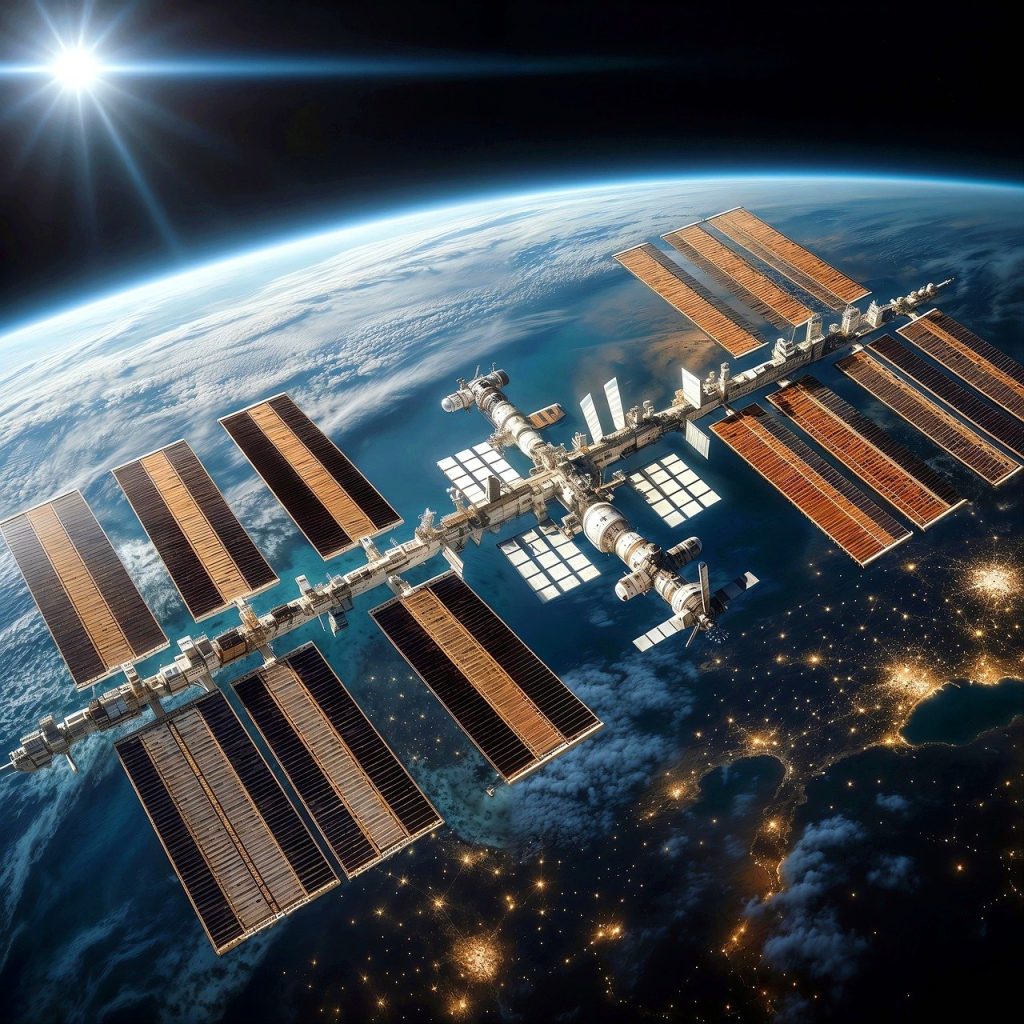International Space Station to be Decommissioned by 2030: Transition Plan and Private Sector Partnerships Revealed
In a historic move marking the end of an era for human space exploration, NASA has confirmed plans to decommission the International Space Station (ISS) by the end of 2030. This decision aligns with the shift in focus towards sustainable lunar missions and, eventually, Mars exploration, as part of NASA’s Artemis program. The space agency’s roadmap to decommissioning involves a multi-year, carefully phased approach in collaboration with private sector partners to ensure continuity in low Earth orbit (LEO) research and development.
The Timeline for ISS Decommissioning
The decommissioning of the ISS will unfold in several phases:
- 2024-2025: NASA and its international partners—space agencies from Russia, Europe, Japan, and Canada—will continue regular operations while simultaneously preparing for a transition. Private companies will ramp up their development of LEO commercial platforms as the ISS reduces its scope of activities.
- 2026-2028: NASA and its partners will begin a gradual phase-down of operations, reducing the number of crew rotations and scientific experiments. This phase will focus on moving experiments to private-sector stations and implementing training programs to bridge the gap between ISS and its commercial replacements.
- 2028-2030: In the final years, the ISS will be moved into a lower orbit and prepared for a controlled re-entry and deorbit burn, leading to its disposal. NASA plans to bring the ISS down over a remote part of the Pacific Ocean, known as the “spacecraft graveyard,” with help from advanced robotic technology.
Plan of Action and Key Partners
NASA’s plan involves working with multiple private-sector partners to ensure a smooth handover to commercial space stations that will take over ISS functions in the future. Companies such as Axiom Space, Blue Origin, Northrop Grumman, and Sierra Space are already developing private space habitats that can provide services similar to those of the ISS.
- Axiom Space: Selected as NASA’s first commercial partner, Axiom has ambitious plans to create a private space station that will initially be attached to the ISS before becoming a standalone module. Axiom’s project aims to offer a research and manufacturing hub in orbit, supported by partnerships with governments and industries.
- Blue Origin: Through its Orbital Reef project, Blue Origin, in partnership with Sierra Space, is working to develop a commercial space station that could replace the ISS as an LEO hub for research, tourism, and manufacturing.
- Northrop Grumman: Known for its Cygnus cargo spacecraft, Northrop is also designing a modular space station that could accommodate government and private customers alike. Their design emphasizes flexibility, with modular components that can adapt to various missions and customer needs.
- Sierra Space: Partnering with Blue Origin, Sierra Space is contributing its Dream Chaser spaceplane to the Orbital Reef project, offering safe and versatile transport to and from the new commercial outpost.
- SpaceX- NASA has awarded SpaceX a contract to develop and operate the deorbit vehicle that will safely guide the International Space Station (ISS) out of orbit at the end of its mission in 2030. This specialized deorbit spacecraft will be designed to gradually lower the ISS’s altitude and enable a controlled descent into a remote area of the Pacific Ocean, known as the “spacecraft graveyard.SpaceX’s expertise in orbital mechanics and reusable launch systems positioned it as a strong contender for this critical task. NASA selected SpaceX to ensure a precise and safe decommissioning, reducing risks to populated areas during reentry. This deorbit vehicle will be pivotal in managing the station’s final descent, supporting NASA’s comprehensive ISS decommissioning strategy in collaboration with other international and commercial partners.
Ensuring Continued Access to Low Earth Orbit
NASA’s strategy for the ISS decommissioning reflects a commitment to preserving the LEO research ecosystem. The agency will assist in facilitating the transition for both public and private stakeholders to these new private platforms, ensuring a continued U.S. presence in orbit and uninterrupted research in microgravity. This multi-pronged approach is designed to protect the scientific and economic value of LEO, while also helping to forge a sustainable commercial space economy.
For nearly 30 years, the ISS has been a beacon of international cooperation and human ingenuity. Its decommissioning will be an emotional farewell, but also a transformative step into a new era, one where the private sector plays a central role in the future of space exploration.
Read more here- https://www.nasa.gov/news-release/nasa-selects-international-space-station-us-deorbit-vehicle/






More Stories
Another Mysterious Space Object Spotted?
Surge in Solar Activity Sends Powerful CME Toward Earth, Disrupts Communications and Lights Up Skies
Is The Big Bang Theory Wrong?